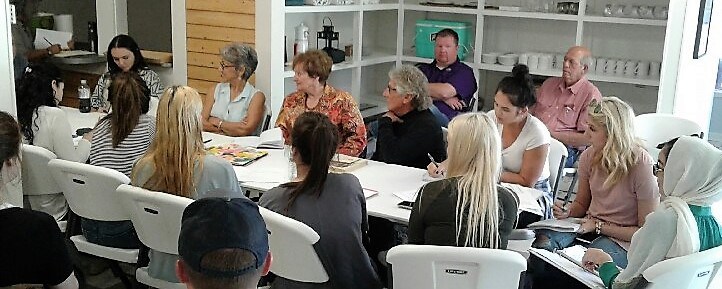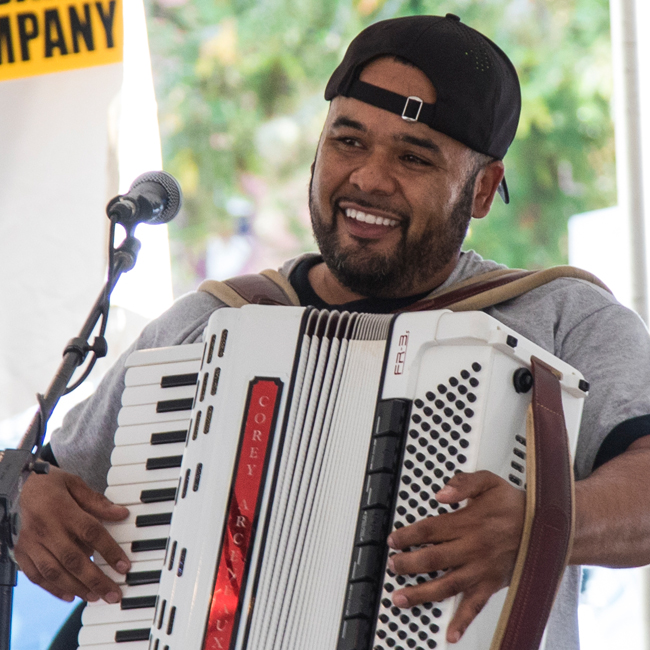Moving Forward

Budding Architects to Provide New Ideas for Old St. Luc’s in SLP
“Such a center would not only have obvious cultural benefits, but would produce a substantial economic impact as well.”
Charles Larroque, director of the Council for the Development of French in Louisiana (CODOFIL)
LSU architecture students will provide landscape and interior design proposals for the former St. Luc Community Hospital in Arnaudville by the end of the year, and at no cost.
The St. Landry Parish Council voted in January to dissolve the hospital district and to find a new use for the 25,000-square foot building that has been vacant since 1990. It has been widely suggested that the campus could become an immersion center for preservation and propagation of the Louisiana French language and culture.
Two dozen architecture students traveled to Arnaudville September 8 to walk through the building and to discuss possible uses of the site. Some of the first ideas included creating a dormitory space, administrative offices, research archive, and a sustainable landscaping that includes a walking path, and green spaces for community use.
Architect and LSU Professor of Interior Design T.L. Richie said the exercise of taking an actual building and treating it as a “real client” introduces students to experiences that will be needed when they enter a practice. He thanked parish president Bill Fontenot as well as St. Martin president Guy Cormier for their support and assistance with the teaching opportunity.
Fontenot said the former hospital facility could be opened for the public to walk through when students return to Arnaudville to present their designs.
The parish president has been in the forefront of the effort to turn it into an immersion center. He points out that Arnaudville remains a community where it is possible to eat in local restaurants, shop in local stores, or visit with neighbors on the street or at the post office, and never speak a word of English.
Charles Larroque, director of the Council for the Development of French in Louisiana (CODOFIL), says such a center would not only
have obvious cultural benefits, but would produce a substantial economic impact as well.
The Louisiana Cultural Economy Foundation has prepared a business plan to put the “unused public asset” back into commerce. The Foundation envisions a campus that would be the “premier destination in the U.S. for French language immersion and cultural enrichment.”
Jason Schupbact, a spokesman for the National Endowment for the Arts, which helped fund the planning grant, said the old hospital could become “a cultural facility unlike any other in the U.S.” Tulane University, LSU, and UL-Lafayette have all agreed to make use of the campus, and visitors from France, Canada, and other French-speaking areas of the world have expressed interest and support.
A study done for the Louisiana Department of Culture, Recreation, and Tourism, points out that development of the cultural economy is particularly profitable because, by definition, it is locally oriented.
“Authentic local culture cannot be outsourced,” that study found. “It is [the one area] most likely to create jobs that will not eventually be lost to lower cost locations. Furthermore, because its production is so localized, it has a ripple effect on adjacent industries like tourism that benefit from people coming to Louisiana to experience the product firsthand.”
“St. Landry Parish has a unique advantage over so many other places,” according economic development director Bill Rodier. “We don’t have to do anything much differently than we always have. This is a place where we have always maintained a special heritage blended from many cultural traditions. All we have to do is to authentically showcase who and what we are.”
Opelousas, LA 70571





